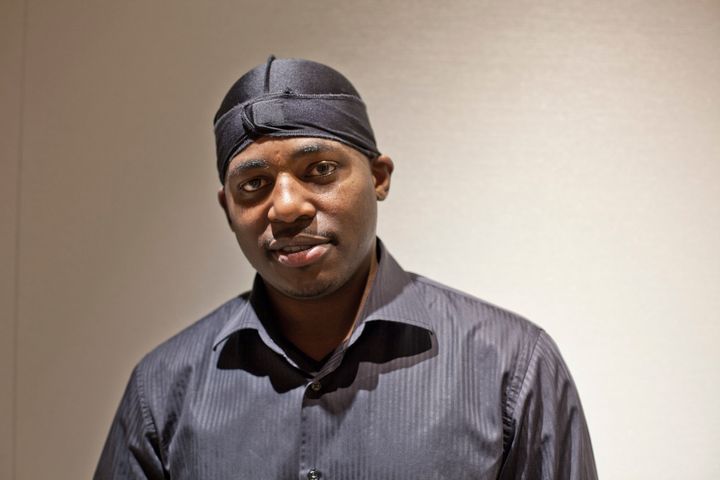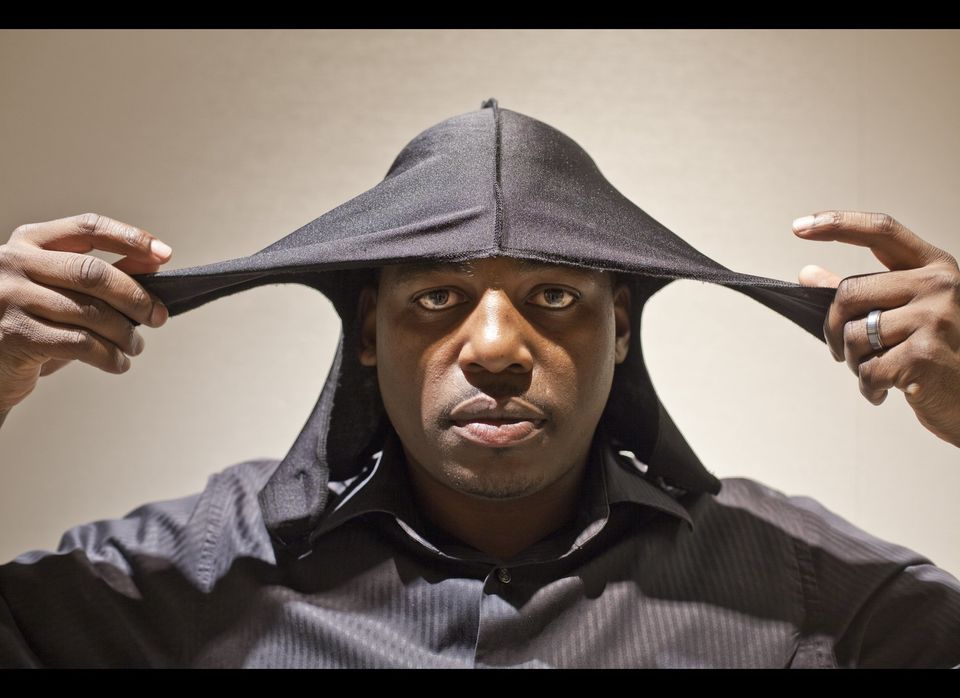
Side Hustle is an ongoing BlackVoices series on people who are finding novel ways to build personal wealth.
Among friends, Aaron Henry has always been the guy with the "next big idea." At age 16 he reconstructed a mouse trap so that it would play music when a specimen was caught. The idea didn't exactly take off. Then in December 2010, Henry's enthusiasm for waves -- a hairstyle he says he's rocked since cutting off his high-top fade in the early '90s -- encountered an oddly constructed pink bonnet in his wife's accessory drawer. The bonnet's Velcro straps, which allowed it to stay in place overnight, were an ingenious trick, Henry thought, and a possible solution to the issues he'd been reading about on "waver" sites such as WaveBuilder.com. Readers' biggest complaints about the traditional 'do-rag centered on its useless tail and the deep indentations it leaves on the forehead.
Henry's solution would develop over the following six months and turn out to be his best invention to date: a remake of the 'do-rag that he has dubbed the Tsu-Rag.
"My pitch at first was, 'If you want to achieve the ultimate tsunami waves, get the Tsunami Rag,'" Henry says. But the disaster in Japan unfolded shortly thereafter, prompting Henry to scratch "tsunami" from all of his literature and change the name to "Tsu" instead.
The goal of Henry's reinvented rag is to coax deep, even waves into place. It started out with a design similar to the original 'do-rag, but a few simple tweaks set his creation apart. "I actually gave a function to the tail," Henry says, describing the snag-proof Velcro on each corner of the tail, which wrap around and secure at the front of the head, adding extra support to keep the rag in place. His new design, with its four-way-stretch Spandex material, also leaves no marks, so it can be worn right up until the moment before a big meeting or interview, Henry says.
PULLING IT OFF
Henry estimates that it required a $12,000 investment to get his side hustle off the ground, together with some good, old-fashioned legwork.
"Working at The New York Times, right in the Garment District, I would utilize my lunch break to go shop for materials and inquire about a manufacturer," he says. Henry also found guidance from a well-known Harlem hat maker who helped him design a prototype.
By April he'd perfected his design, obtained a provisional patent and had 300 pieces manufactured for friends, family and local barber shops to try out.
"I was in a barber shop, and there was a father and son there. The father had gotten his hair cut first, and when the son was finished, he was like, 'Look, Dad, my waves are better than yours.' And I remember getting a big smile and thinking, 'I'm really on to something here,' seeing a father and son going at it, comparing their hair," Henry says.
Henry's Tsu-rags now sell for $10 a pop on his website Tsurag.com and have appealed to more than just the wave enthusiasts for whom he originally designed it. "It started off for wavers," Henry says "but there are at least four or five different ways you can wear it," he explains, describing variations for locks, mohawks and several women's styles.
Here, Henry demonstrates the most common ways in which his revamped 'do-rag is worn.
